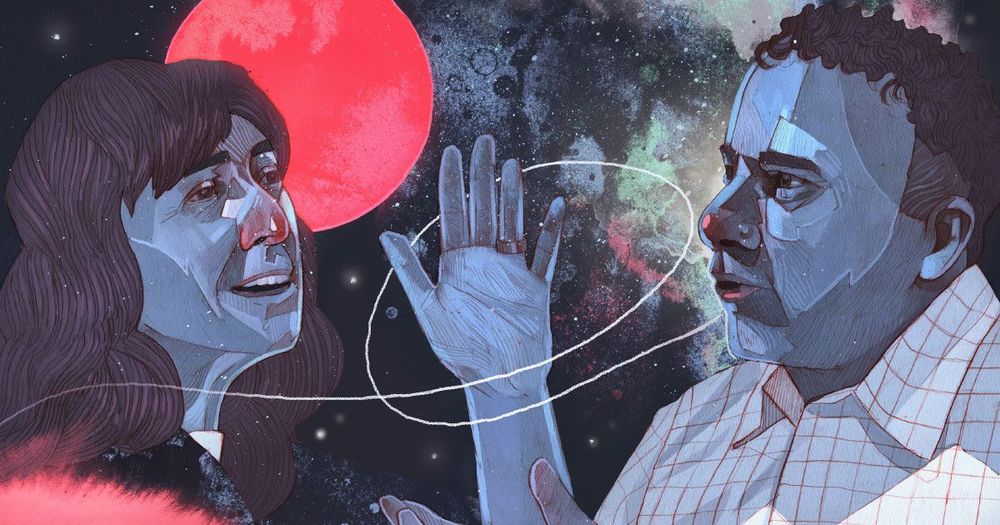Prof Claudia de Rham’s ‘massive gravity’ theory could explain why universe expansion is accelerating.
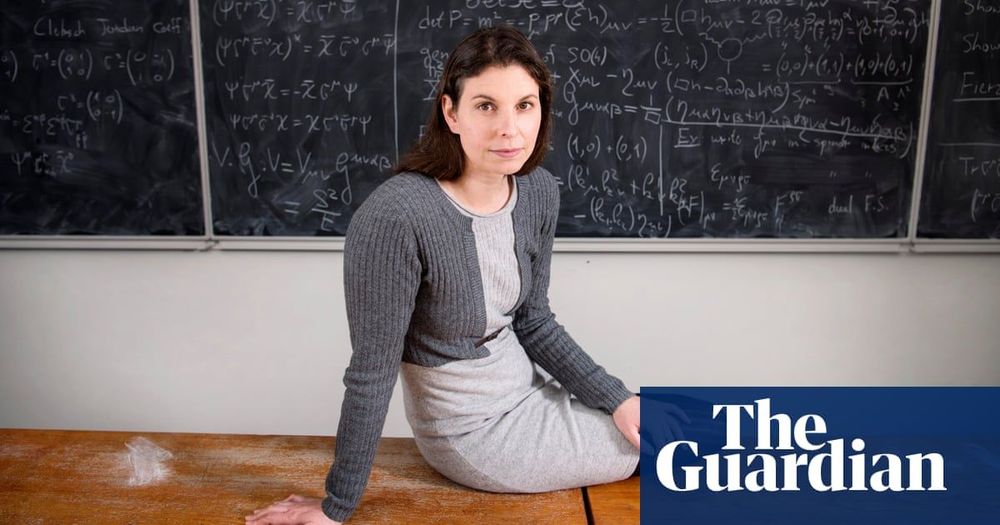

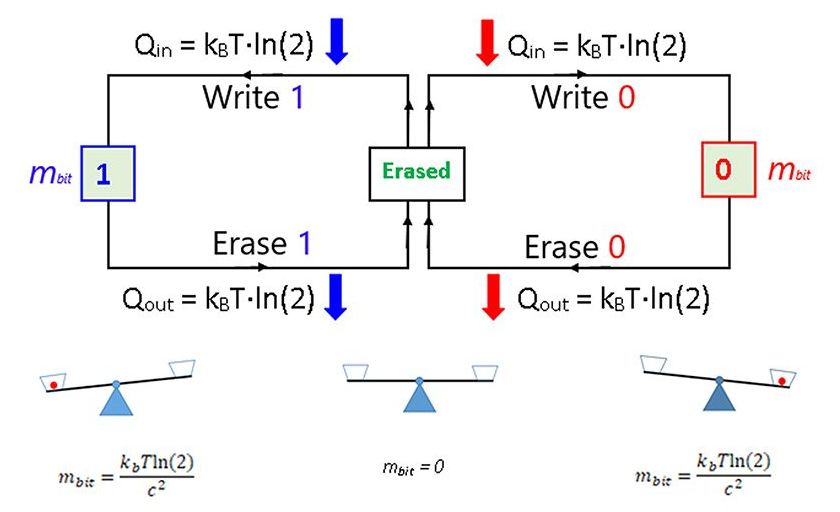

Is information the fifth form of matter?
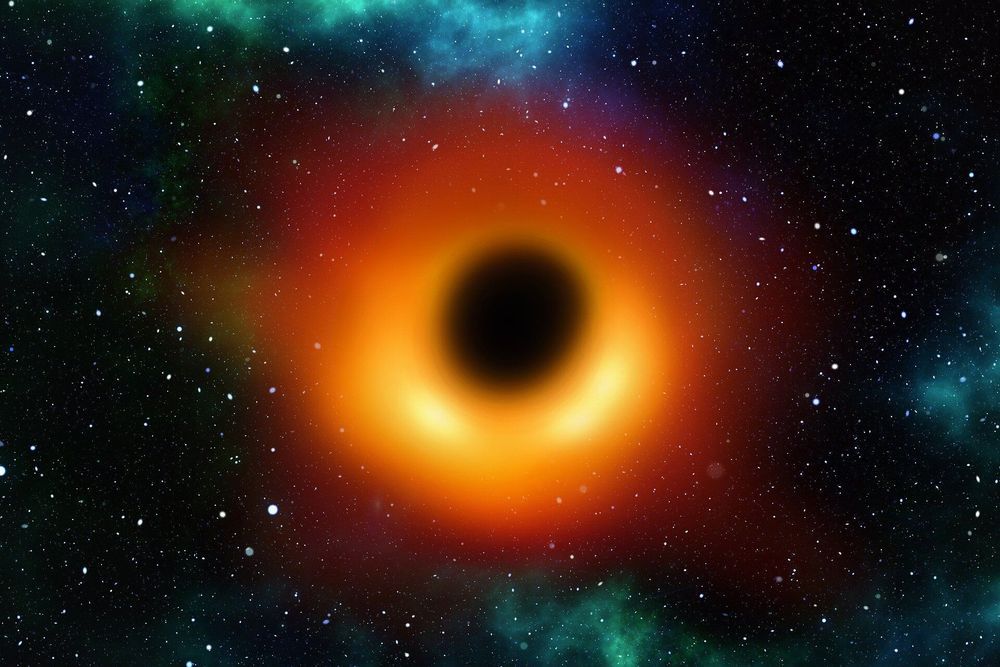
Echoes in gravitational wave signals suggest that the event horizon of a black hole may be more complicated than scientists currently think.
Research from the University of Waterloo reports the first tentative detection of these echoes, caused by a microscopic quantum “fuzz” that surrounds newly formed black holes.
Gravitational waves are ripples in the fabric of space-time, caused by the collision of massive, compact objects in space, such as black holes or neutron stars.
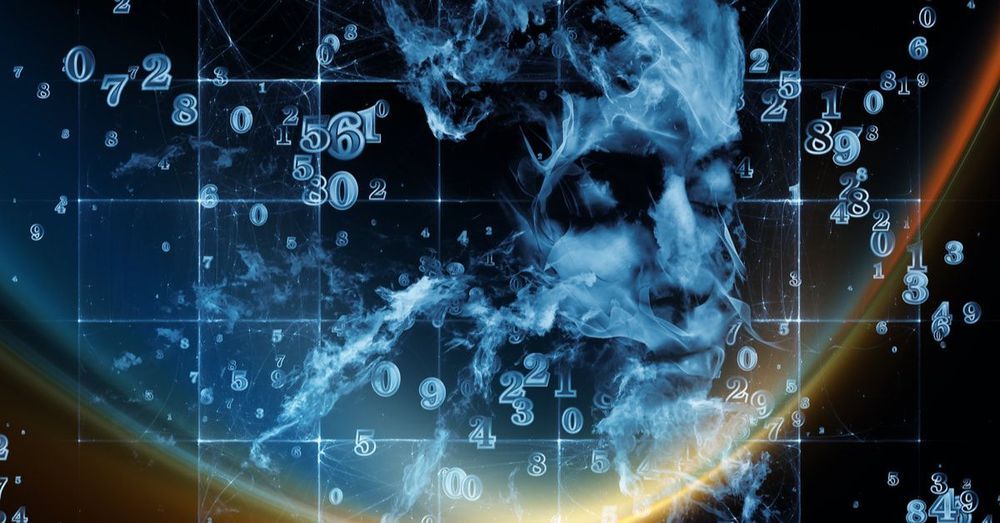
Evolutionary cyberneticist and digital philosopher Alex M. Vikoulov, author of The Syntellect Hypothesis, is interviewed by Agah Bahari, host and producer of NeoHuman podcast.
On this recent podcast, Alex Vikoulov, author of The Syntellect Hypothesis, is interviewed by NeoHuman podcaster Agah Bahari. Topics include evolutionary cybernetics, computational physics, consciousness, the simulation theory, the transcension hypothesis, the Global mind, AGI, VR, AR, psychedelics, technological singularities, transhumanism, Fermi Paradox, Digital Physics, objective reality, philosophy of mind, the extended mind hypothesis, absolute idealism, physics of time, the Omega Point cosmology, mind-uploading, synthetic telepathy, and more.
Watch a short intro here ↴.
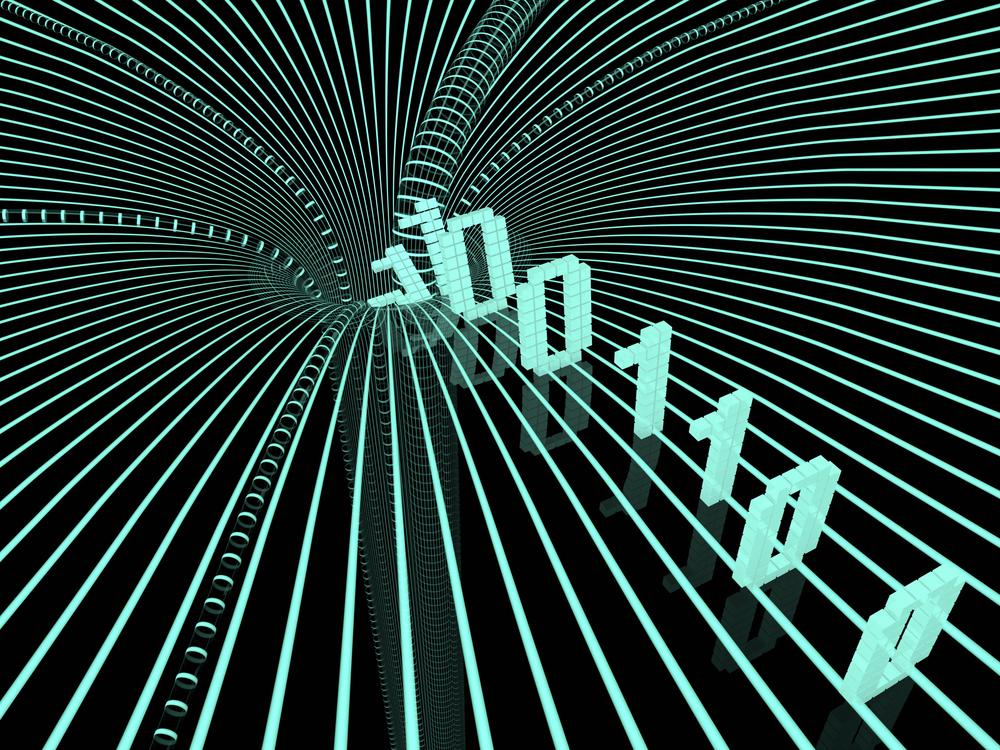

Essentially neutrino lasers could take out missiles and also hack missiles or nukes rendering them inert in defense practices.
Sponsored Content
Scientists at the Fermi National Accelerator Laboratory (Fermilab) are working on research projects that aim to answer fundamental physics questions. How did the universe begin? What are dark matter and dark energy? What is the mass hierarchy of neutrinos? Are there other undiscovered particles beyond the currently known Standard Model of Particle Physics?


Every major galaxy is home to a supermassive black hole, and our own Milky Way is no exception. Astronomers recently found something unexpected near this massive object — 4 mysterious objects, each similar to a pair of bizarre bodies spotted in recent years in this same region of the galaxy.
Our local supermassive black hole, Sagittarius A* (Sgr A*, pronounced Sag A star), contains roughly 4 million times as much mass as the Sun. Not far from this black hole, members of a newly-discovered class of objects are caught in a gravitational dance with a massive body.
